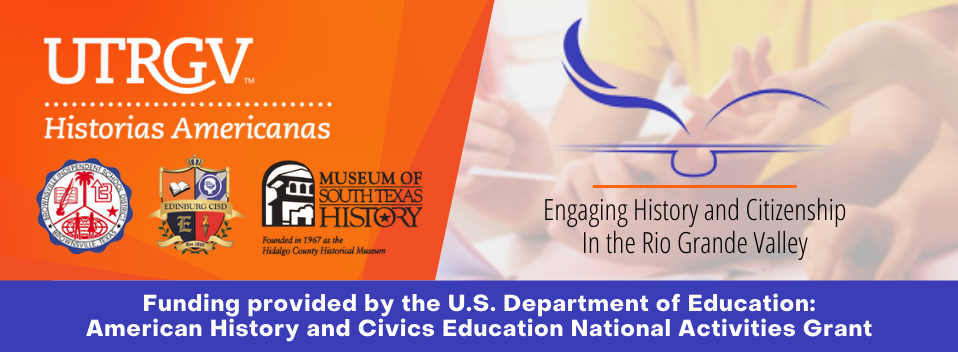
Relevant Research and Articles
Place-Based Education
Identifier
https://doi.org/10.1093/acrefore/9780190264093.013.95
Document Type
Article
Creation Date
2016
Keywords
Education, Culturally Relevant Pedagogy, Education Reform, Teachers, Instructors, U.S. Public Schools, U.S. Public Education, Place-Based Education
Description
Place-based education is an approach to curriculum development and instruction that directs students’ attention to local culture, phenomena, and issues as the basis for at least some of the learning they encounter in school. It is also referred to as place- and community-based education or place-conscious learning. In addition to preparing students academically, teachers who adopt this approach present learning as intimately tied to environmental stewardship and community development, two central concerns of Education for Sustainability. They aim to cultivate in the young the desire and ability to become involved citizens committed to enhancing the welfare of both the human and more-than-human communities of which they are a part. At the heart of place-based education is the belief that children of any age are capable of making significant contributions to the lives of others, and that as they do so, their desire to learn and belief in their own capacity to be change agents increase. When place-based education is effectively implemented, both students and communities benefit, and their teachers often encounter a renewed sense of professional and civic satisfaction.
In most respects, there is nothing new about place-based education. It is an attempt to reclaim elements of the learning processes most children encountered before the invention of schools. Throughout most of humanity’s tenancy on this planet, children learned directly from their own experience in the places and communities where they lived. They explored their world with peers, imitated the activities of adults, participated in cultural and religious ceremonies, and listened to the conversations and stories of their families and neighbors. Most of this learning was informal, although at important transition points such as puberty, initiation rites provided them with more direct forms of instruction about community understandings regarding the world and adult responsibilities. In this way, children grew into competent and contributing members of their society, able to care for themselves and for others in ways that sustained the community of which they were a part. This outcome with its focus on both individual and social sustainability is also the goal of place-based education.
It is important to acknowledge that a range of educational innovations over the past decades have anticipated or included elements of place-based education: outdoor education, civic education, community education, environmental education, and education for sustainability. What differentiates place-based education from many of these is its explicit focus on both human and natural environments and its concern about equity and social justice issues as well as environmental. Not all programs that call themselves place-based incorporate these elements, nor do all include opportunities for students to participate in projects that benefit others and the natural world. This, however, is the aspirational goal of place-based education and what sets it apart from similar approaches.
Recommended Citation
Smith, G. A. (2017). Place-based education. In Oxford Research Encyclopedia of Education.

